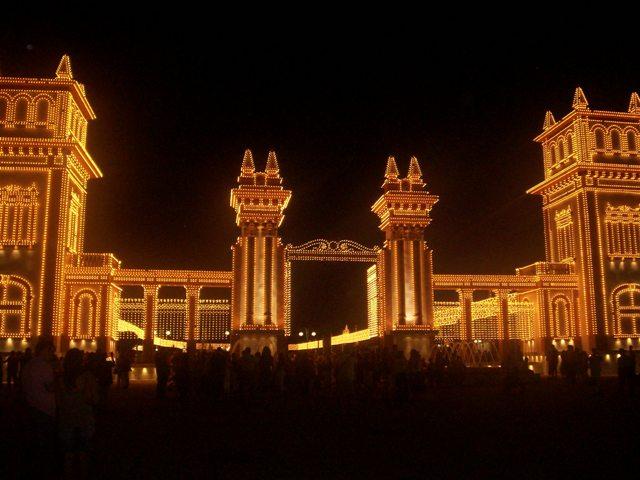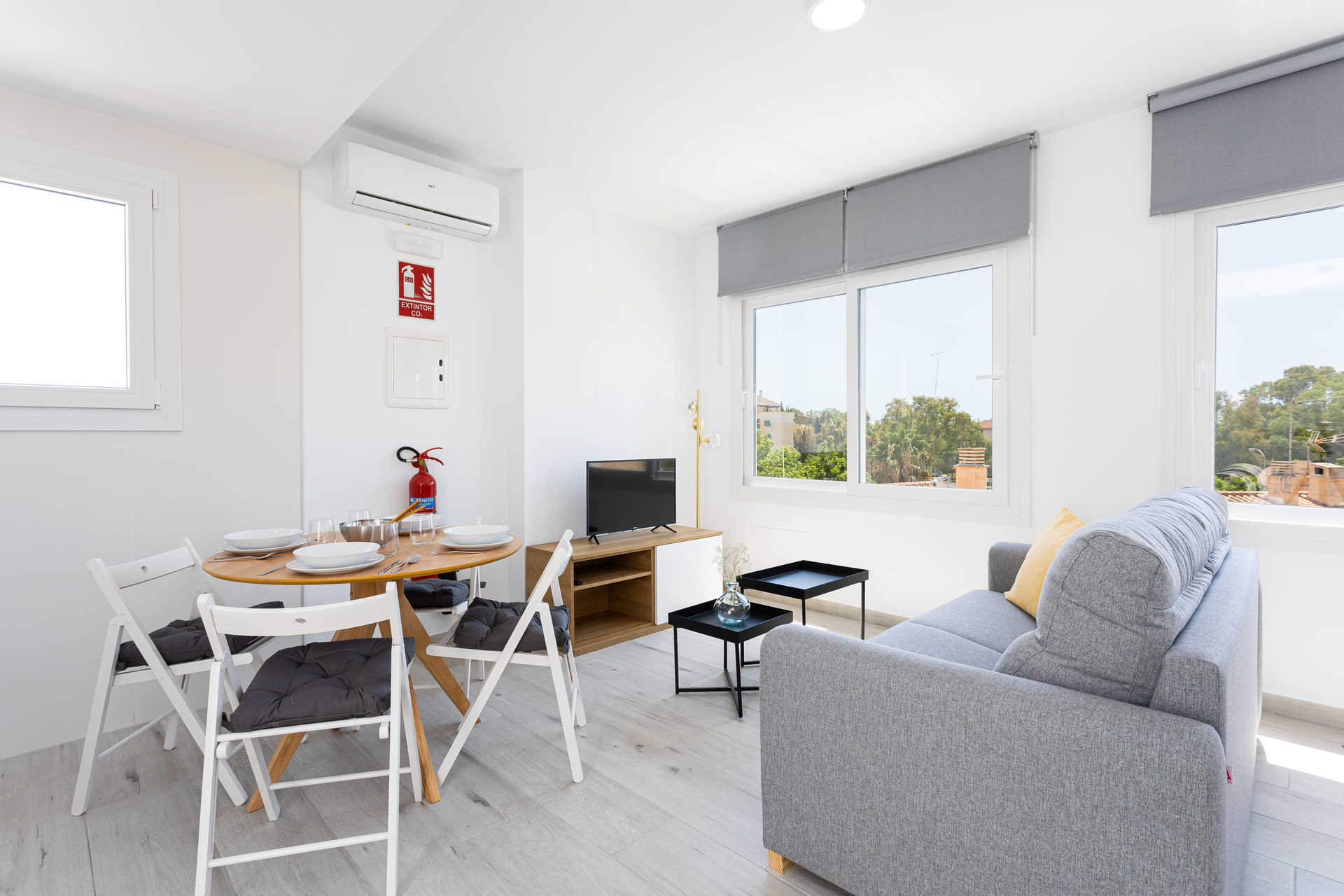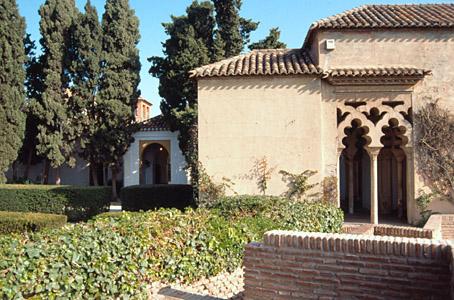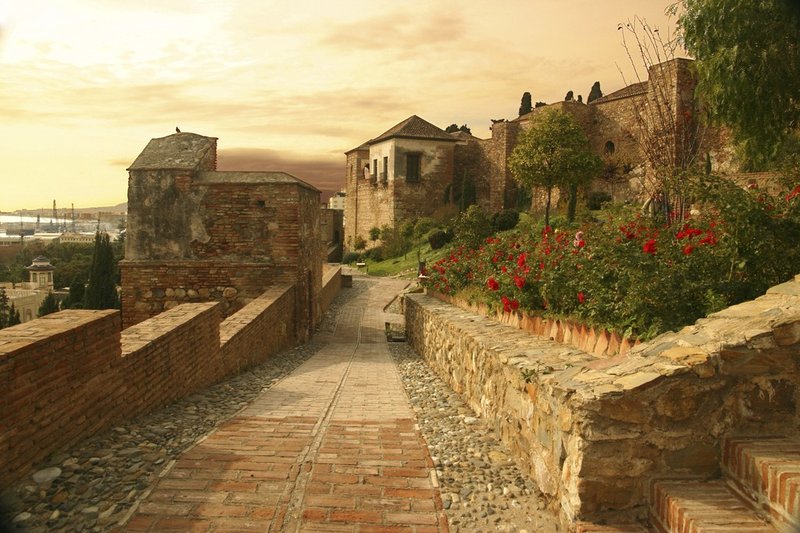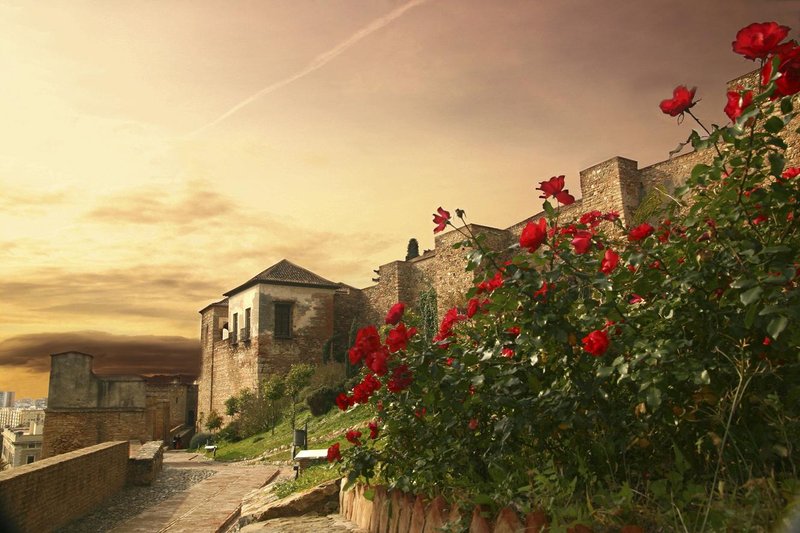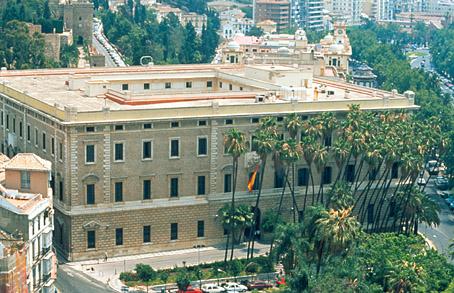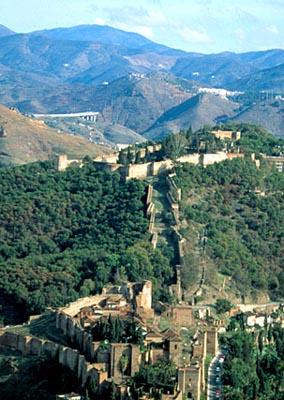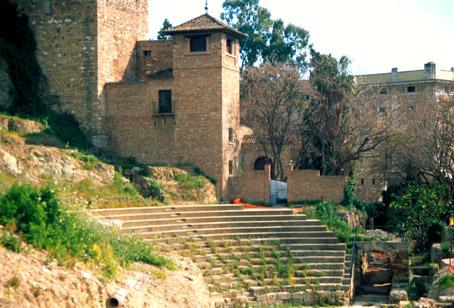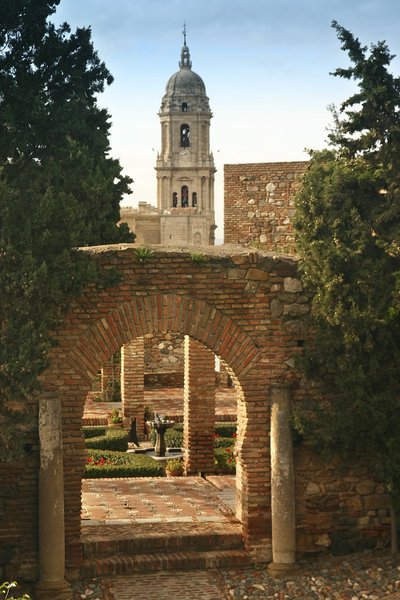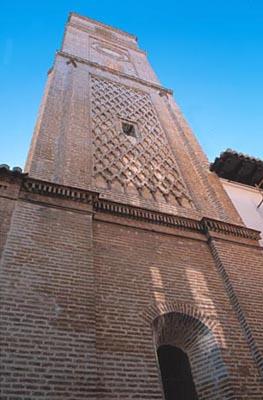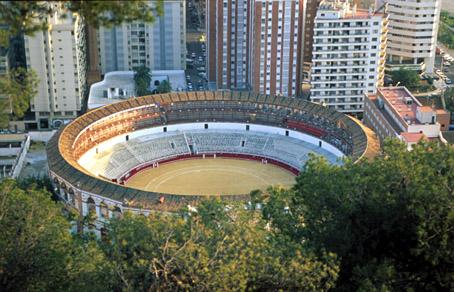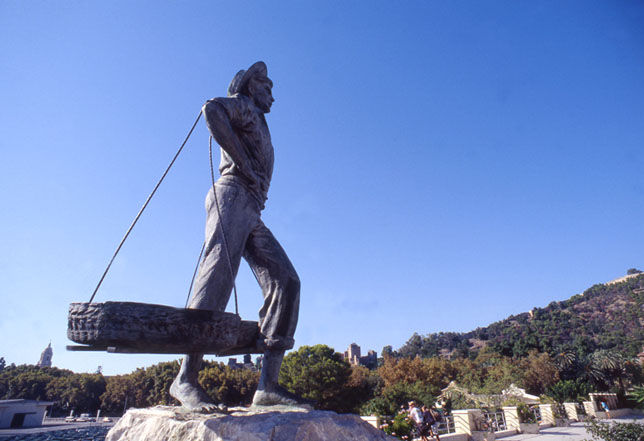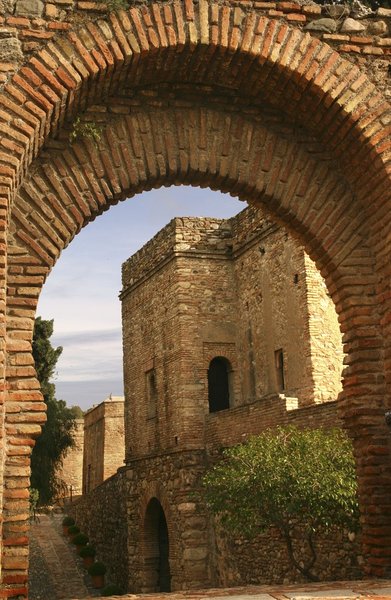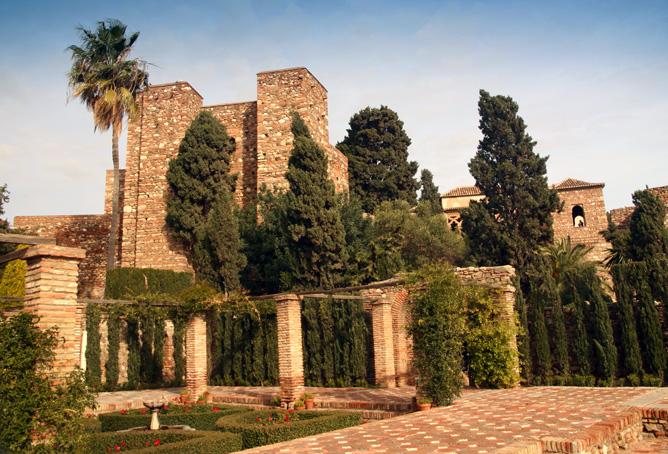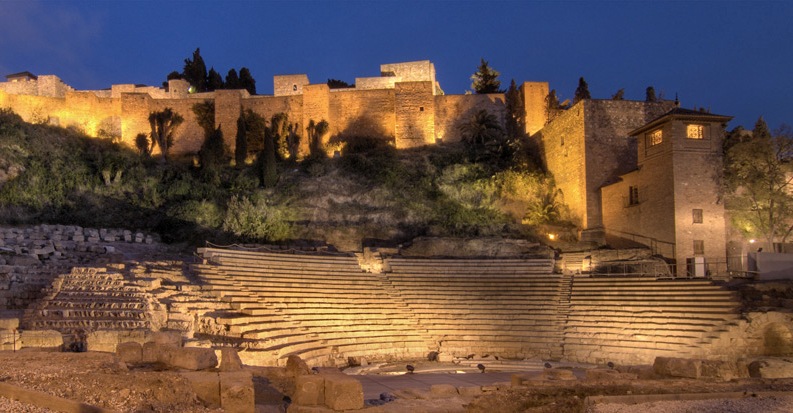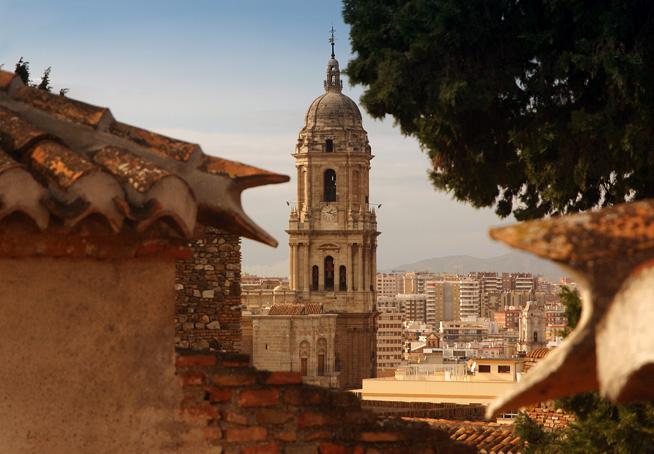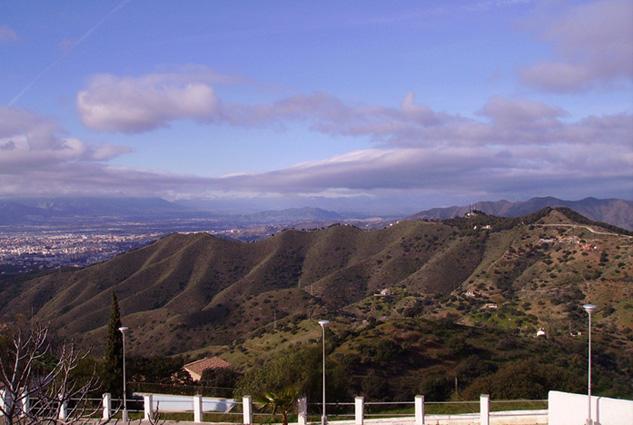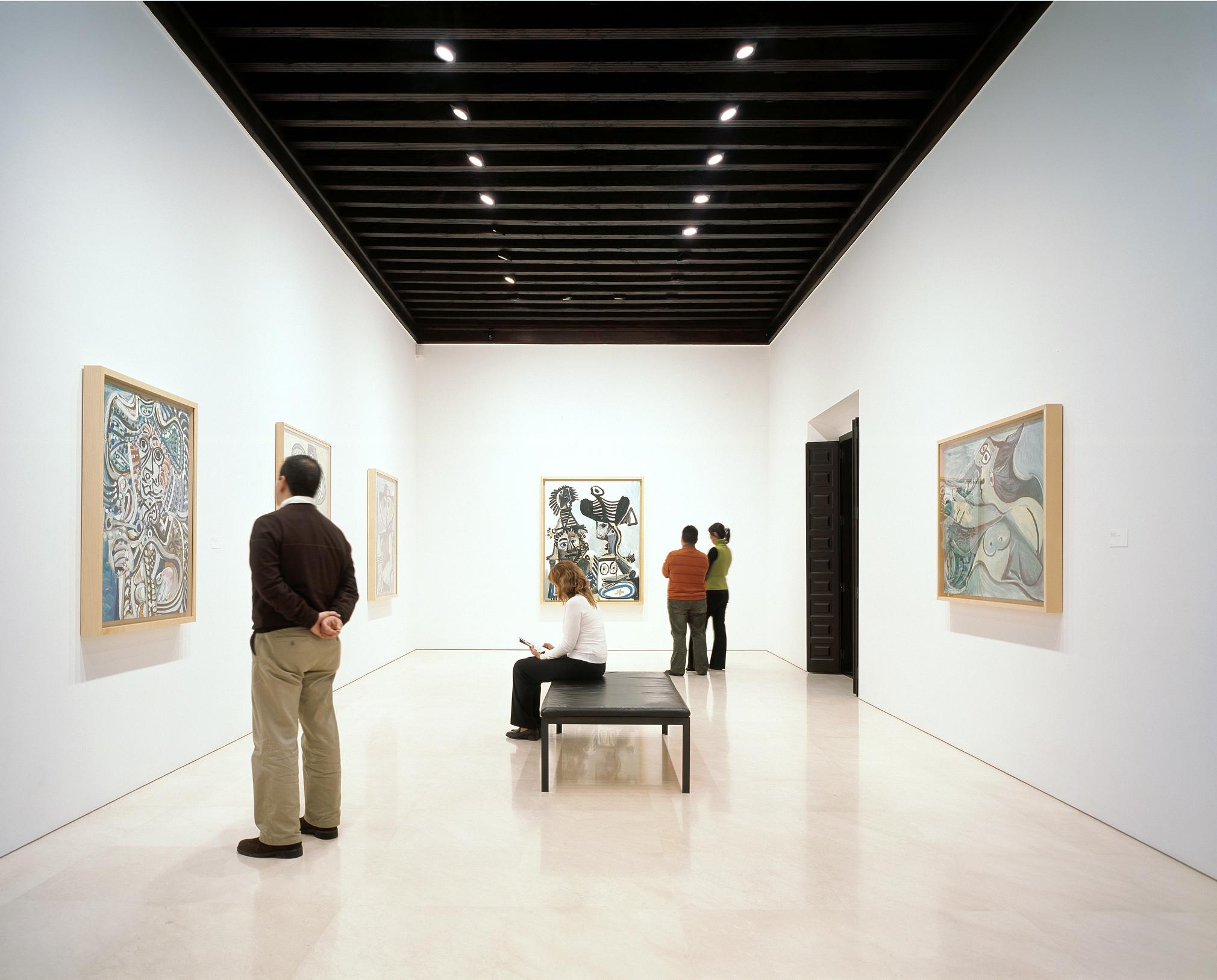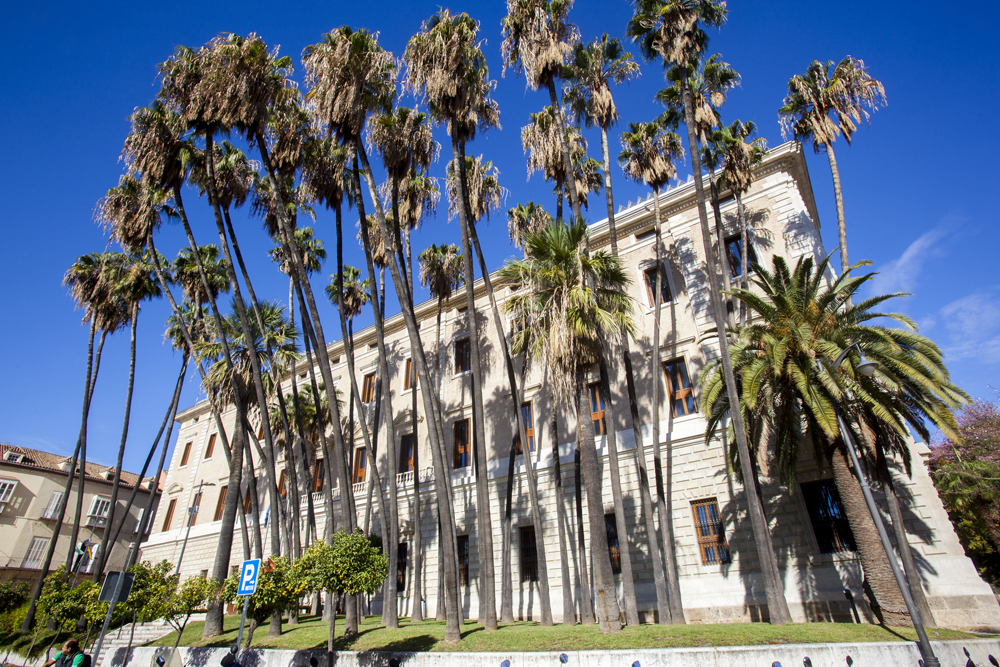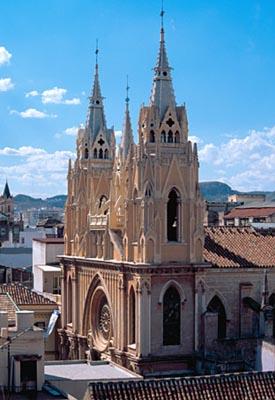Málaga
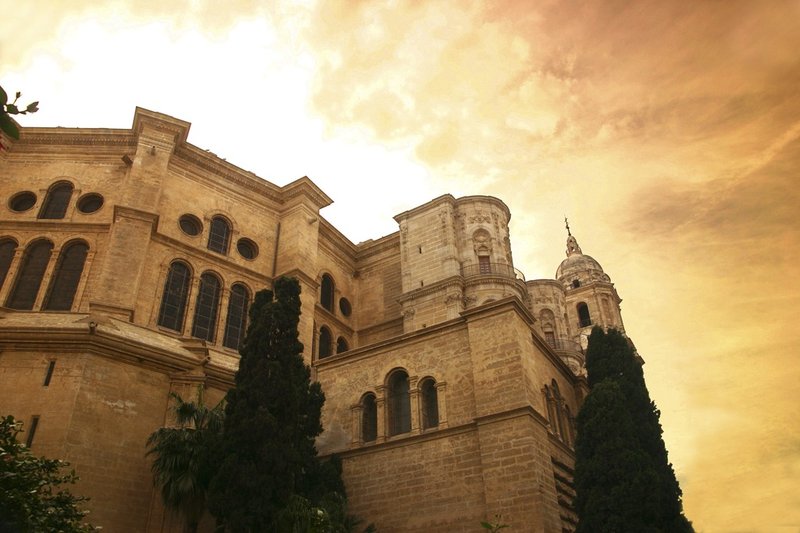
Malaga the Beautiful, as the city is known, stands at the centre of the basin of the same name, between the mountains, the River Guadalhorce and the coastal strip which leads to the Axarquia region.
Throughout Malaga's history, its privileged geographic situation has attracted travellers, merchants, settlers and warriors who have left their mark on what is now a cosmopolitan, universal, open, relaxed and hospitable city.
Its places of interest are far too numerous to mention in detail, but here is a brief summary:
In the east is the suburb of El Palo, with its typical fishermen's houses, coves, promenades and "pescaíto" (small fried fish), which runs into the city's main promenade, the Paseo Maritimo, with its beaches, La Malagueta district, the lighthouse (which has become the symbol of the city) and the port breakwater, which affords a beautiful panoramic view of the city. In the centre, a walk through the Park, home to botanical species from around the world, adapted here thanks to the city's benign climate, takes us to the old centre of Malaga: the imposing Cathedral; the Nazari Gibralfaro Castle; La Alcazaba fortress, renovated for public usage; and the Roman Theatre, proof of the city's importance in this era. Further up is the Plaza de la Merced square, site of the house in which the artistic genius Picasso was born. Malaga is also home to a number of interesting churches -St. John's, St. James', St. Domingo's, and the Holy Martyrs-; St. Augustine's Convent and the Episcopal Palace; and civil buildings such as the Count of Buenavista's Palace and the Consulate House.
A stroll through the city's streets evokes memories of its spectacular Holy Week and grandiose Fair.
To the west and north of modern Malaga, the product of the urban growth experienced in the 1960s, are the Misericordia Beaches, which lead to the mouth of the River Guadalhorce, a protected area visited by thousands of migratory birds.
The outskirts of the city are home to romantic gardens such as La Consula and El Retiro in the suburd of Churriana, and, further north, the Finca de la Concepcion and Hacienda de San Jose country estates, evidence of the economic splendour of Malaga's past.
Overlooking the city are the Malaga Mountains, a Natural Park of extreme beauty and the ideal place from which to enjoy its charms.
In short, a most complete city to which we must add a whole host of tourist facilities, golf courses, water sports and other attractions difficult to evaluate, such as its sunlight, its climate, its cuisine and the wit of its people.
History
In the 1st century B.C., Estrabon mentions a Phoenician town which stood at the foot of the hill now occupied by the city's fortress, the Alcazaba.
Roman Malaga enjoyed periods of great splendour, as witnessed by its Roman Theatre and other important archaeological remains, as well the statute which declared it a confederate, self-governing city, known as the Lex Flavia Malacitana.
A long period of decadence followed the fall of the Roman Empire. In 571, the city was captured by the Visigoth king Leovigildo.
In 711, Tarik, lieutenant to the governor of the north of Ifriquiya (Africa) Muza ben Nusayr, crossed the straits of Gibraltar (Yebel-Tarik) with almost 10,000 men to begin the conquest of the whole peninsula -a feat which took just five years-, which was achieved more by convincing its inhabitants of the virtues of a new creed and way of life than by using military force. That same year, Malaga was taken by the Moslems, and a new chapter in its history, one which was to span eight centuries, had begun. The area became part of the Nazari kingdom of Granada at the end of the 13th century. During this period, the city flourished, living from the commerce of its agricultural produce -sugar cane, almonds, raisins, figs, saffron and olives, while its silk textiles and fine ceramics also acquired great prestige.
It was during the Moslem occupation that the city walls were built, running from the sea to the Alcazaba fortress, climbing up the left bank of the River Guadalmedina as far as the present-day Calle Alamos street, from where it headed towards Calle Granada, so named because it was here that a gate led out of the city and onto the road from Malaga to Granada; the whole of the walled area was protected by Gibralfaro Castle.
The traveller and geographer Ibn Batuta (1304-1368) wrote of Malaga: "It is one of the most beautiful capital cities in all Al-Andalus. It combines the advantages of inland regions with those of coastal cities. Its figs and almonds, its fine ceramics and gold porcelain are exported to distant locations to the East and to the West".
The 14th century saw the Christians make their first attempts to r

What territory do you want to visit?
Events
